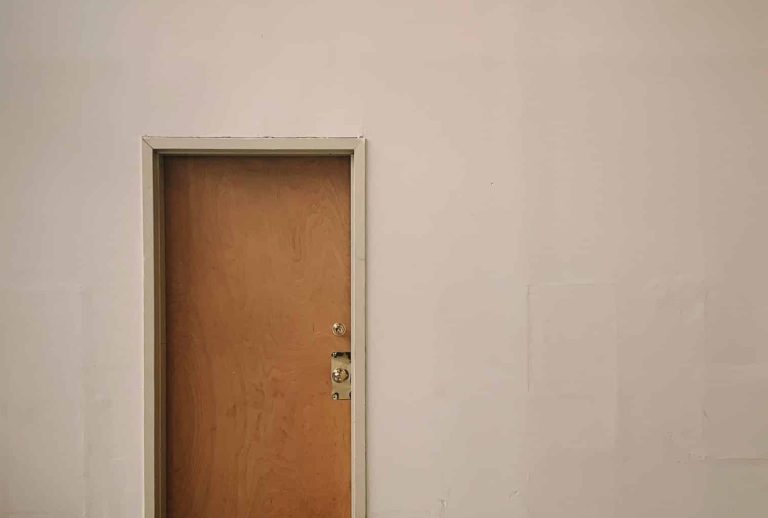In modern construction, much attention is given to insulation, HVAC systems, and smart technologies, yet doors and windows often determine how efficiently a building performs. These architectural elements serve as both aesthetic features and functional barriers, influencing how air, light, and sound move through interior and exterior spaces. When designed and installed with precision, doors and windows elevate comfort while significantly reducing operational costs.
Beyond visual appeal, the design and composition of these components play a critical role in maintaining consistent indoor temperatures. Poorly sealed or outdated systems can lead to heat loss in winter and air leakage in summer, forcing mechanical systems to work harder. This not only drives up utility costs but also strains the building’s environmental footprint.
For commercial and residential developers, understanding how these fixtures affect performance metrics has become increasingly vital. In particular, selecting products that meet modern standards of efficiency, safety, and resilience can dramatically improve overall building outcomes. As sustainability regulations tighten and energy codes evolve, doors and windows have emerged as focal points for achieving compliance and long-term value.
How Fenestration Shapes Energy Efficiency
Energy efficiency begins at the envelope of a structure, where doors and windows serve as critical junctions between interior comfort and outdoor elements. The material composition of frames, glass, and seals determines how effectively they resist temperature fluctuations and air infiltration. High-performance glazing, thermal breaks, and low-emissivity coatings are among the innovations that have transformed this sector, allowing buildings to maintain optimal energy use year-round.
Energy modeling studies consistently show that advanced fenestration systems can reduce energy consumption by up to 30 percent in certain climates. This efficiency comes from limiting unwanted heat transfer while allowing beneficial daylight to enter. The result is a more balanced indoor environment that requires less reliance on artificial lighting and mechanical heating or cooling.
For developers seeking guidance on modern specifications and installation strategies, understanding how commercial door and window systems influence thermal and structural performance has become increasingly important. The choice of framing materials, glazing types, and insulation methods can determine how efficiently a building maintains energy balance throughout the year. In large-scale projects, factors such as durability, fire resistance, and acoustic control often shape material selection. Advanced design approaches in commercial doors and windows have shown how integrating technical precision with architectural intent can lead to long-term gains in both efficiency and comfort.
The Link Between Structural Integrity and Safety
Doors and windows are among the first lines of defense in building safety. From fire-rated assemblies to impact-resistant glass, these elements must perform under extreme conditions without failure. Modern codes require them to meet rigorous safety tests that evaluate not only durability but also how they respond to temperature shifts, wind pressures, and forced entry attempts.
Safety considerations also extend to how these systems interact with the rest of a building’s envelope. A high-security door or window is only as effective as its frame and installation method. Proper anchoring, material reinforcement, and tested assembly methods ensure that performance standards are maintained over time. As technology advances, many systems now incorporate multi-point locking mechanisms and laminated glazing designed to withstand both intrusion and environmental stress.
In commercial settings, safety requirements can vary widely depending on occupancy type and regional code enforcement. Facilities such as hospitals, schools, and data centers often require a higher degree of fire and impact protection. Investing in properly rated systems is not merely about compliance; it is about preserving life and property when seconds matter most.
Thermal Comfort and Indoor Environmental Quality
Thermal comfort is one of the most direct ways in which doors and windows influence building performance. Properly insulated openings help maintain consistent indoor conditions that support occupant health, productivity, and satisfaction. The relationship between air leakage, radiant heat transfer, and material conductivity determines how effectively a building envelope protects against external temperature changes.
In older buildings, drafts and condensation are often telltale signs of underperforming fenestration. Retrofitting with insulated frames or energy-efficient glazing can significantly enhance comfort while reducing utility bills. The benefits extend beyond economics; improved temperature stability supports better indoor air quality by minimizing humidity fluctuations and mold growth.
Moreover, when natural light is effectively harnessed through strategically placed and well-designed windows, it reduces dependence on artificial illumination. Studies in workplace environments have shown that access to daylight can enhance mood, concentration, and overall productivity. Thus, achieving thermal comfort is not only a matter of engineering but also a driver of human well-being.
Acoustic Control and Privacy Considerations
Acoustical performance is another critical aspect often overlooked during door and window selection. In urban environments or high-traffic areas, unwanted noise can significantly affect occupant comfort and concentration. Advanced sound-rated windows and solid-core doors can mitigate this issue by incorporating dense materials, multiple glazing layers, and specialized seals that block sound transmission.
Noise reduction contributes directly to building performance by fostering a more stable and productive interior environment. In commercial applications, this can improve employee efficiency and client experience, while in residential contexts it enhances tranquility and restfulness. Selecting soundproof systems is especially important in mixed-use developments where diverse activities coexist in close proximity.
Beyond blocking sound, the right fenestration design also provides privacy and spatial control. Frosted or tinted glazing, along with directional framing, can shield sensitive areas without sacrificing natural light. As open-plan layouts become more prevalent, balancing transparency with discretion has become a defining challenge for modern architecture.
The Role of Materials and Construction Quality
The materials used in doors and windows define how they age, resist weather, and contribute to building performance over decades. Aluminum, steel, wood, and composite materials each offer distinct advantages and limitations. For example, steel provides unmatched strength and fire resistance, while aluminum offers lightness and design flexibility. Wood remains valued for its natural insulation and aesthetic warmth, though it demands greater maintenance.
Construction quality, including precise fabrication and installation, determines how long these materials maintain their performance. Even the most advanced product can underperform if improperly sealed or aligned. Attention to tolerances, fasteners, and finishing details ensures a seamless integration between fenestration and the surrounding envelope.
Advancements in manufacturing technology have further enhanced durability and sustainability. Powder coating, thermal breaks, and recycled materials now play a central role in creating longer-lasting, eco-friendly systems. For builders and designers, understanding material science is no longer optional; it is essential for achieving the next level of efficiency and resilience.
Regulatory Standards and Future Innovations
Building codes and energy regulations are increasingly shaping how doors and windows are designed, manufactured, and installed. Organizations such as the International Code Council (ICC) and the National Fenestration Rating Council (NFRC) set performance benchmarks that determine compliance. Adhering to these standards ensures not only legal approval but also predictable performance outcomes across climate zones and usage types.
Emerging technologies are expanding what is possible in fenestration performance. Smart glass, capable of adjusting its tint based on sunlight exposure, reduces glare and cooling loads. Integrated sensors can monitor temperature and air quality, providing data for more efficient building management. As buildings become more connected, doors and windows are evolving into intelligent systems that communicate with other components to optimize conditions automatically.
The future of high-performance architecture depends on continuous innovation and holistic design thinking. By viewing doors and windows not as passive components but as active contributors to energy management, safety, and comfort, builders can elevate both functionality and sustainability. The intersection of technology, design, and craftsmanship will continue to define the next generation of efficient and resilient buildings.
Final Thoughts: Integrating Functionality and Design for Long-Term Value
Doors and windows are more than simple openings; they are dynamic interfaces that dictate how a building interacts with its surroundings. Their influence on energy consumption, occupant safety, and environmental impact cannot be overstated. The most successful projects integrate these elements from the earliest design phases, ensuring that performance and aesthetics align seamlessly.
Investing in quality fenestration pays dividends through lower maintenance costs, enhanced durability, and improved occupant satisfaction. It also contributes to broader sustainability goals by reducing energy use and supporting green building certifications. The long-term value derived from well-specified systems often outweighs the initial expense, reinforcing the principle that quality construction begins with thoughtful detail.
Ultimately, the effectiveness of a building depends on how well its components work together. By understanding and prioritizing the role of doors and windows, architects, builders, and owners can create structures that perform efficiently, protect reliably, and endure beautifully through time.













